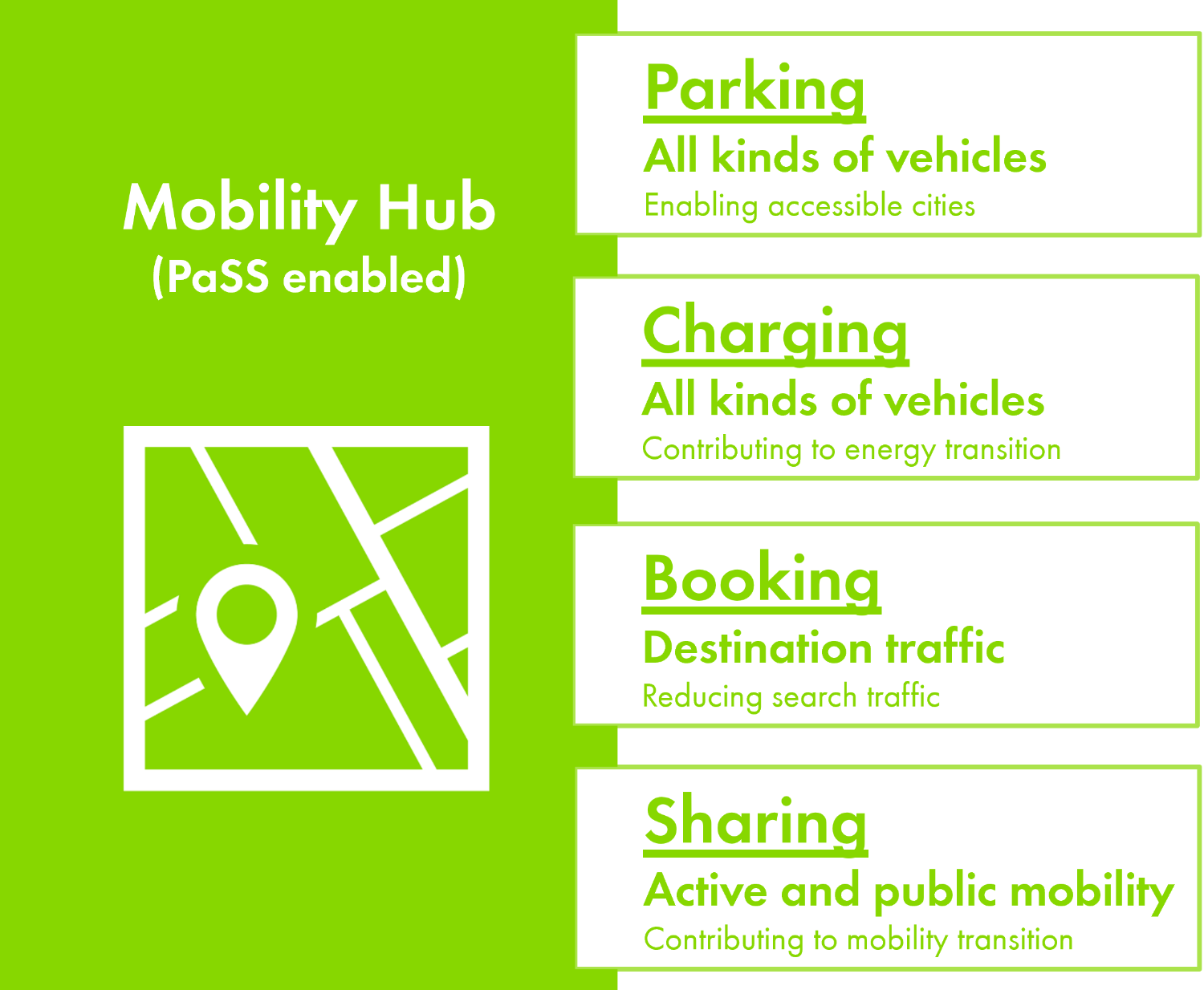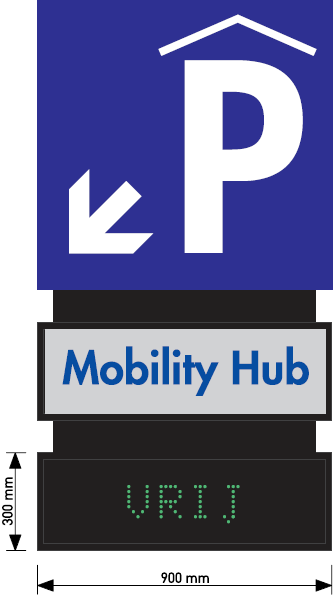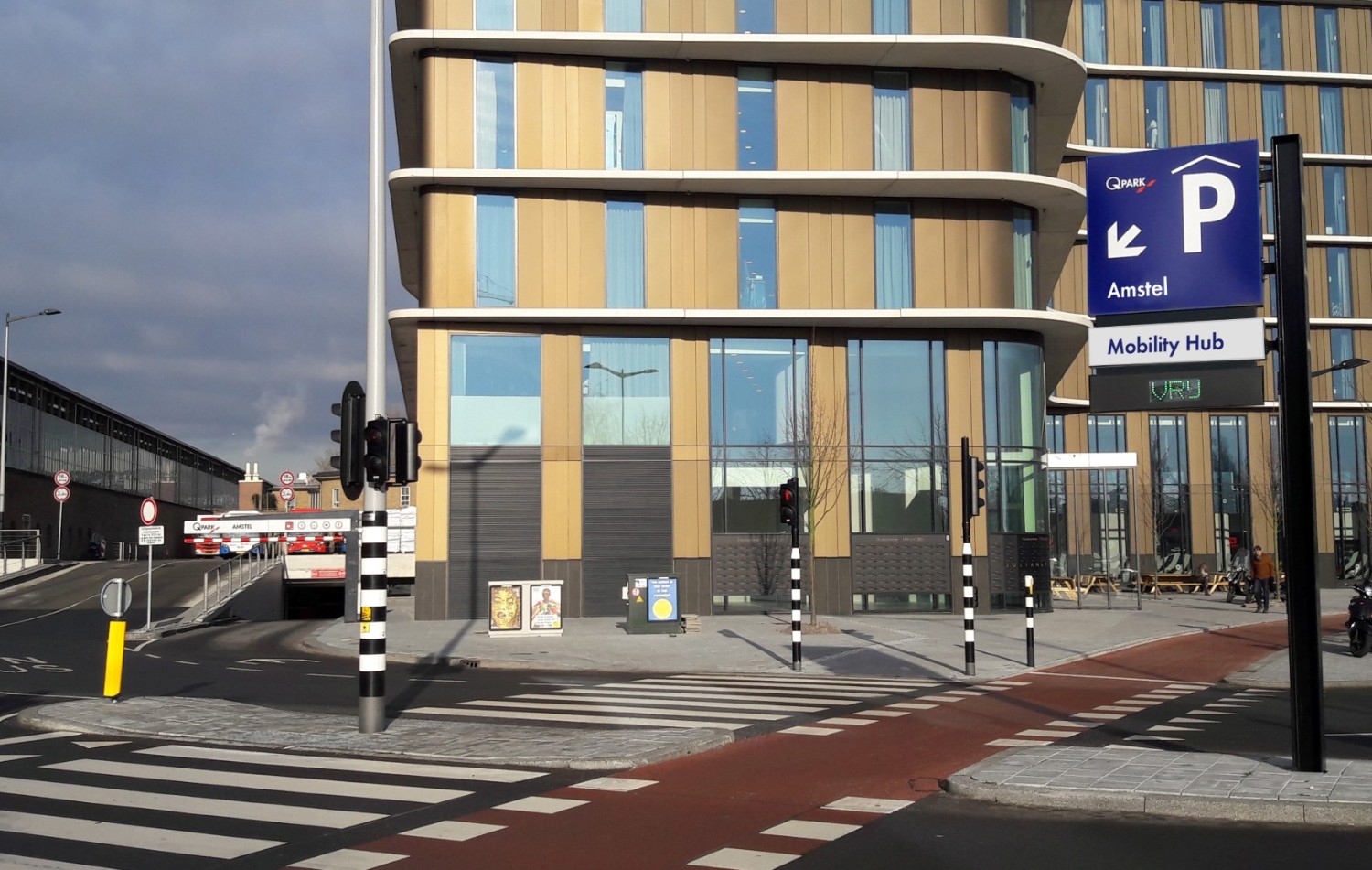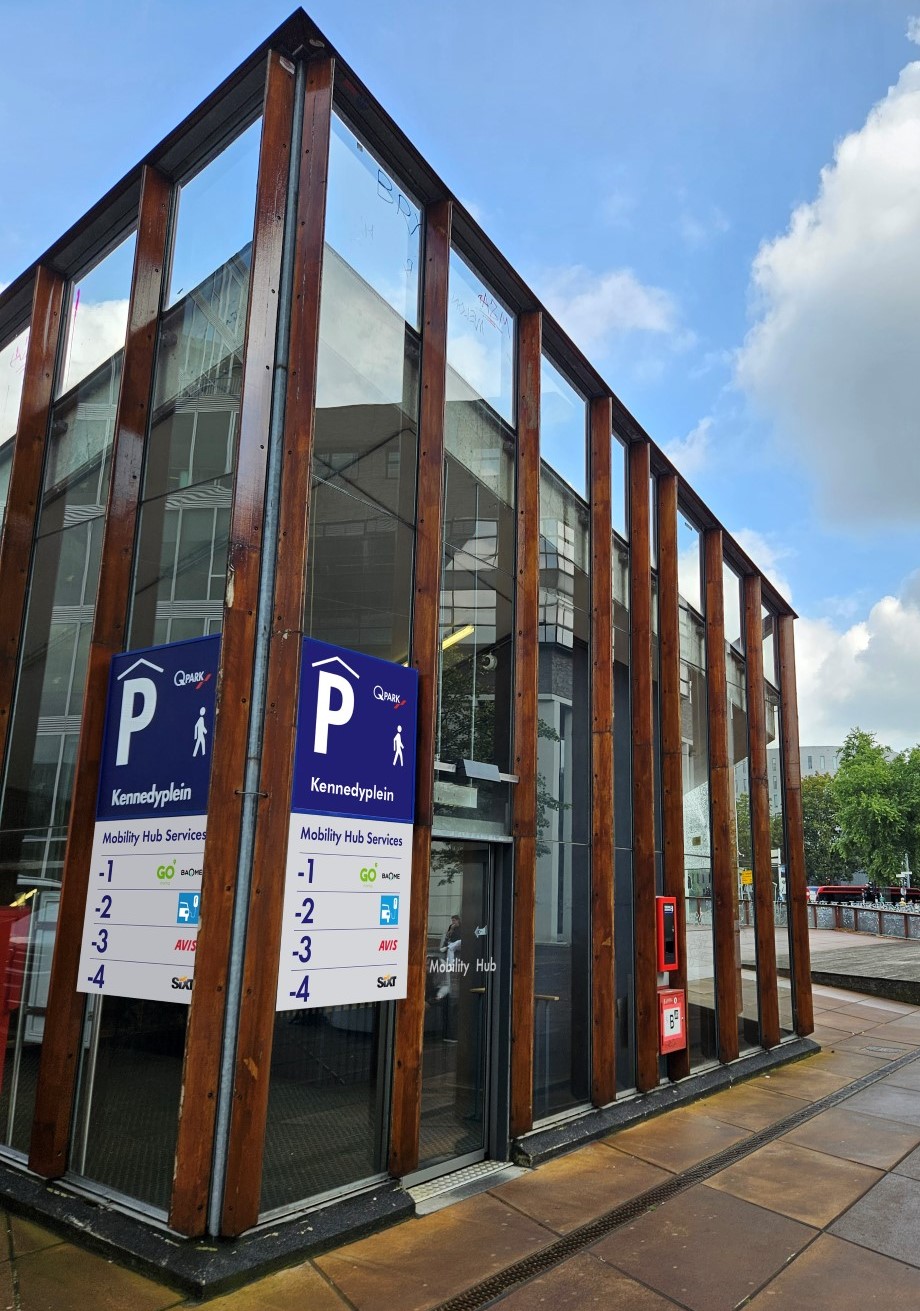SMP Programme
With our Sustainable Mobility Partnership (SMP) Programme, we aim to be part of the European Mobility Transition. We help cities implement their sustainable urban mobility plans (SUMPs) and address transport and mobility related challenges such as congestion, air and noise pollution, climate change, alternatives to fossil fuels, urban expansion and decreasing public budgets.
Together with our mobility partners, whether they are public or private, we seek to increase sustainable urban mobility. We help cities use off-street available space for parking and charging all kinds of vehicles so they can open up public space for people playing, walking and cycling.
Sustainable mobility planning for the wider urban area involves focusing on communities, liveability and on individuals' mobility needs rather than accommodating traffic. And as the need for sustainable mobility increases, the focus is shifting:
from cars to people (space & parks);
from cars to active mobility (walking & cycling);
from owned to shared (car sharing & public transport);
from fossil fuels to zero-emission transport (EV cars & EV urban logistics).
Mobility Hub – more than a car park
A key aspect of Q-Park's strategy, symbolising its role as a Sustainable Mobility Partner, is the mobility hub. This is a parking facility which integrates a range of features and services, including parking, charging, booking and sharing.
Figure 8 Mobility Hub – pillar of the SMP strategy

Q-Park Mobility Hubs are one of the most important pillars of the SMP strategy. As well as offering parking, a mobility hub connects travellers with sustainable mobility partners who offer alternative ways of getting around the city. These might include public transport, car and bicycle sharing options (including rental), secure bicycle parking, charging stations for electric cars and bicycles, and bicycle lockers for e-bike batteries.
Our mobility hubs offer urban solutions for accessibility and liveability:
enabling passenger cars, scooters and bicycles to park off-street;
enabling electric vehicles (cars and bicycles) to charge off-street;
transforming search traffic to destination traffic with pre-book options;
embracing mobility and micro-mobility providers offering sharing concepts in our assets.
Last but not least, with our mobility hubs we facilitate urban logistics services and kerbside management optimisation.
Q-Park PaSS
Q-Park Mobility Hubs are of course connected to our digital platform Q-Park PaSS (Parking as a Smart Service). PaSS enables seamless parking services with digital access and automatic payment. It also offers access to any customer with a pre-booking, parking or payment app within our ecosystem. Their number plate is the key to our parking facilities.
Mobility Hub house style
In 2024, our Real Estate colleagues developed the Q-Park Mobility Hub house style and implemented it in several Q-Park Mobility Hubs. The clear signage ensures our mobility hubs are easily recognisable for motorists, cyclists, pedestrians, local authorities and mobility partners.
Figure 9 Mobility Hub – signage example for motorists

Figure 10 Easy to recognise for motorists

Figure 11 Easy to recognise for pedestrians

